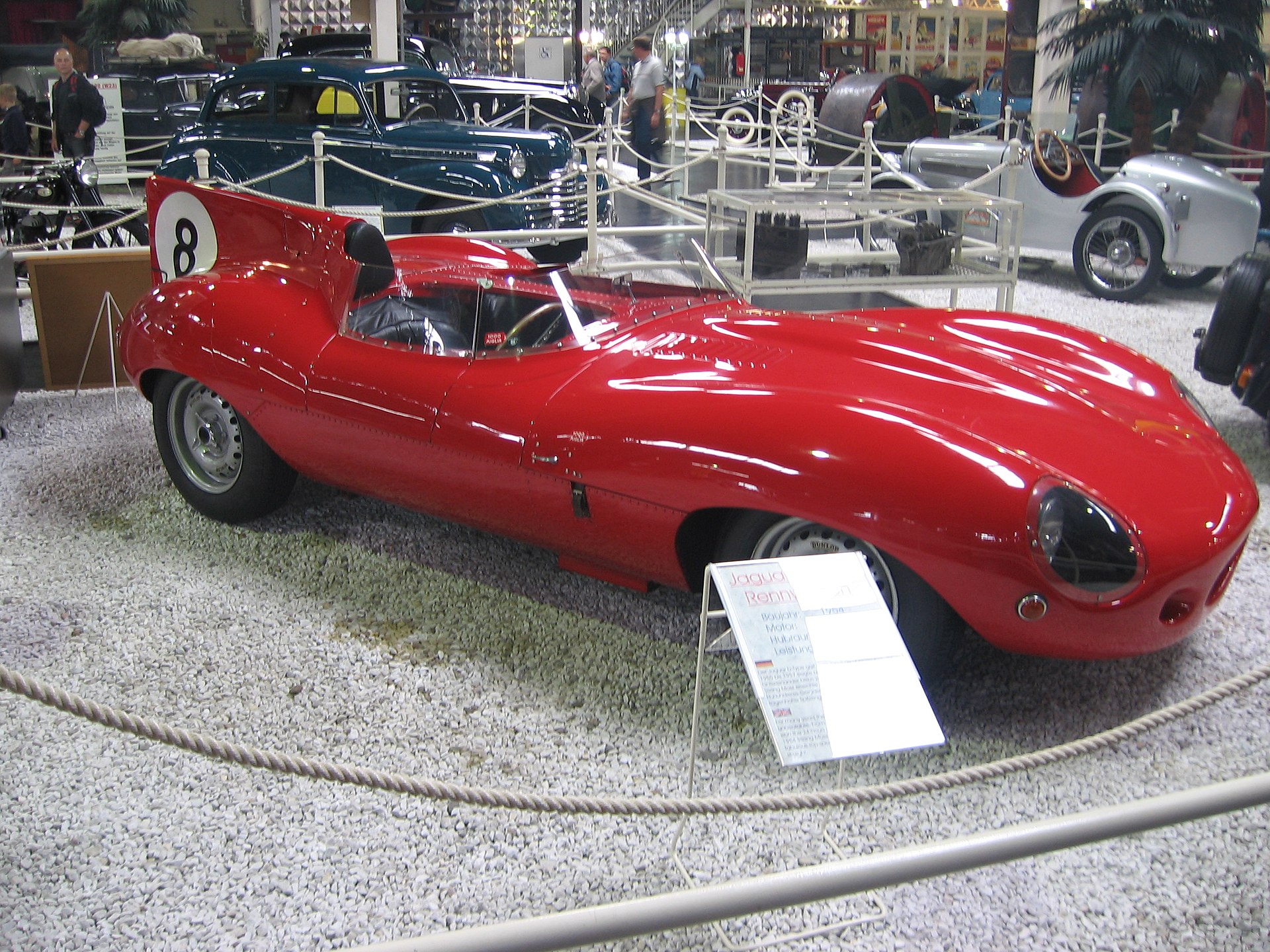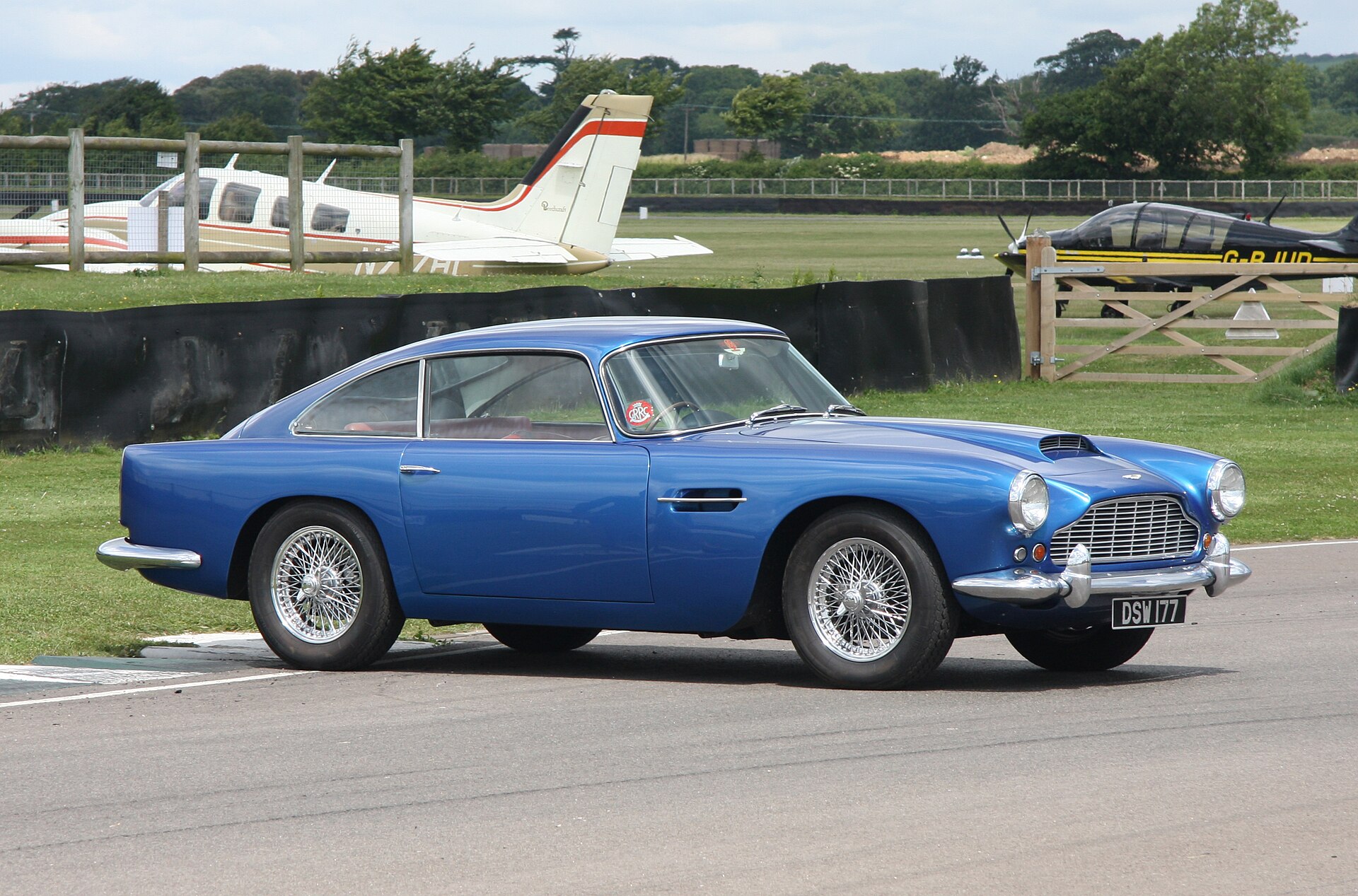Introduction
The 1960 Le Mans race was a sight to behold, with sleek and powerful cars from various manufacturers vying for the ultimate prize. The cars were not just machines, but they were symbols of human ingenuity and determination to push the limits of what was possible.
Each car had its own story, its own triumphs and setbacks, its own unique character. Some were built for speed, others for endurance, but all of them had one goal in mind - to cross the finish line first and claim victory.
As the drivers revved their engines and prepared to take off, one could feel the tension and excitement in the air. The roar of the engines echoed through the track, and the smell of gasoline and burnt rubber filled the air.
But behind each car was a team of engineers, mechanics, and designers who had poured countless hours into perfecting every detail. They had sacrificed sleep, time with their loved ones, and their own physical and mental health to ensure that their car was at its best.
And as the cars raced around the track, pushing themselves to their limits, one could not help but feel a sense of awe and admiration for the human spirit that had created such incredible machines.
In the end, only one car could claim overall victory, but each car and its team had left their mark on history, forever remembered as symbols of human perseverance and innovation.
The stakes are high, and the competition will be fierce. But I know there are many Automationeers that have what it takes to create something truly remarkable. This is your chance to make history, to leave your mark on the world of racing, and to show the world what you are truly capable of.
So, let us begin this journey together, and let us push ourselves to the limit. Let us create something that will inspire future generations, and let us show the world what it means to be a true racing champion. The road ahead will be long and challenging, but we know that with your passion, dedication, and hard work, anything is possible.
Good luck, and may the best car win!
Categories
So, how can you win this challenge? There is not only a single way - let’s take a look at the various categories:
Overall Victory
An overall victory in Le Mans is not just about winning a race, it’s about achieving the impossible. It’s about pushing yourself and your team to the brink of exhaustion and beyond, to create a machine that can withstand the grueling 24-hour endurance race. It’s about overcoming the odds, and prevailing against the toughest competition in the world.
The results will be determined by a spreadsheet calculation determining your overall distance covered, considering the raw lap time, drivability, reliability and fuel consumption. A small modifier (lap count reduction) is determined by the aestetics vote.
Class Victory
A class victory in Le Mans may not carry the same prestige as an overall victory, but it’s still a moment of collective triumph. It’s a celebration of the team’s ability to work together, to overcome challenges, and to create a machine that can compete with the best in the world. It’s a validation of their long hours, sleepless nights, and endless dedication.
Results will be determined like Overall Victory.
Index of Thermal Efficiency
The index of thermal efficiency in the Le Mans race is a category that may not be well-known to everyone, but it carries a powerful meaning. It’s a measure of the car’s ability to convert fuel into energy, and it represents the pinnacle of efficiency in motorsports. While it is not only about outright speed, it’s a celebration of the engineers’ ability to innovate and push the boundaries of what is possible in the world of motorsports.
Results will be determined by a complex formula considering average speed, fuel consumption, engine capacity and weight. Check out the spreadsheet to get an estimate. Higher Index is better.
Pole Position
The pole position in the Le Mans race is not just a mere starting point on the grid. It is a symbol of excellence, hard work, and determination. It represents the culmination of countless hours of practice, sacrifice, and dedication. While it is not important in a 24h endurance race, it is the ultimate reward for those who have given their all to creating the fastest race car of its time.
Results will be determined by pure Automation track sim time of the Le Mans 1955 track (as linked below).
Concourse d'Elegance
This category is a celebration of the beauty and artistry of race car engineering. When form follows function, often a work of art is created. This is a community vote.
Results will be determined by a poll among the entrants, ranking each car design (visuals) from 0 (no design existing) to 10 (very nice).
The Cars
We will be racing in 15 classes, divided into sports prototypes and road-going grand touring cars. You can only enter a single car, so decide wisely!
| Sports Prototypes | Grand Tourers | Max. Tank Size | Max. Tire Width |
|---|---|---|---|
| 4001-5000 cc | 140 l | 225 mm | |
| 3001-4000 cc | 140 l | 225 mm | |
| 2501-3000 cc | 2501-3000 cc | 120 l | 205 mm |
| 2001-2500 cc | 2001-2500 cc | 120 l | 205 mm |
| 1601-2000 cc | 1601-2000 cc | 100 l | 185 mm |
| 1301-1600 cc | 1301-1600 cc | 100 l | 185 mm |
| 1151-1300 cc | 80 l | 165 mm | |
| 1001-1150 cc | 80 l | 165 mm | |
| 851-1000 cc | 60 l | 145 mm | |
| 0-850 cc | 60 l | 145 mm |
The max. tank size will also be determined by the car’s footprint, so don’t build too small for the larger classes!
Inspiration
Sports Prototypes


Grand Tourers



Regulations
General
| Rule | Sports Prototypes | Grand Tourers |
|---|---|---|
| model & trim year | 1960 | 1960 |
| car body type | open top (visually) | closed top |
| engine position | unrestricted | front or rear (no mid) |
| minimum wheelbase | 1.95 m | 1.95 m |
| mod bodies | allowed (exceptions below) | allowed (exceptions below) |
| tech pool | car body: +2 | car body: +2 |
| aerodynamics: +5 | all others: 0 | |
| chassis: +5 | ||
| drivetrain: +5 | ||
| all others: 0 |
Clarification on the categories:
- Historically, a GT car was a road-going passenger car with a minimum production requirement of I believe 500 cars produced within 12 months. It would have had 2 or more proper seats (you can only enter a 1 seat configuration for the challenge, but the body should be suitable for two seats).
- Sports Prototypes didn’t have a minimum production requirement, but also were required to be able to hold 2 seats. Typically, this was the driver’s seat and a (sometimes smaller and fake) passenger seat. Sports Prototypes required a closed wheel body style (not open wheel).
- Use common sense when choosing a body and designing your car. Ask yourself: Would this car have been raced at Le Mans? I will not discuss endlessly with individuals if their bus is eligible.
Banned mod bodies:
- Any mod body which resembles open wheeler cars, as they lead to unrealistically low frontal areas and Le Mans was not raced with open wheelers.
- use common sense when choosing the type of car you want to enter. No buses, no trams, no other memes. Creative, well-done, but race-oriented concept out of the box might make it through scrutineering, but be placed in a “special concepts” class, i.e. a “Garage 56” entry.
Engine
| Rule | Sports Prototypes | Grand Tourers |
|---|---|---|
| family & variant year | 1960 | 1960 |
| max. production units | 110 | 100 |
| max. engineering time | 150 | 120 |
| fuel type | 110 RON | 98 RON |
| tech pool | all: 0 | all: 0 |
| max. engine capacity | 3000 cc | 5000 cc |
Car
| Rule | Sports Prototypes | Grand Tourers |
|---|---|---|
| model & trim year | 1960 | 1960 |
| max. production units | 125 | 100 |
| max. engineering time | 85 | 105 |
| drive type | no 4WD | no 4WD |
| differential | no automatic/manual locker | no automatic/manual locker |
| tires | cross ply | cross ply |
| tire width | see table "The Cars" | see table "The Cars" |
| max. tire quality | 5 | 0 |
| aerodynamics | no wings/lips/spoilers | no wings/lips/spoilers/undertrays |
| minimum safety | 0 | 20 |
| minimum speed | 120 km/h | 120 km/h |
Paint and visuals
- Painted in national colours (Wikipedia)
- basic racing stripes allowed
- no sponsor decals
- racing numbers: either white or black number or white circle with black number inside (please do not use red numbers, even when Wikipedia says so for your country). One or two digits, on bonnet, truck and both sides required.
- headlights and taillights required. Sophisticated designs will obviously score higher in the aestetics vote.
Naming Convention
- Car Model: LM -
<your Automation forum name here> - Car Trim: your car name (free)
- Engine Family: LM -
<your Automation forum name here> - Engine Variant: your engine name (free)
Entering the Challenge
- Build and design a car according to the rules
- optional: download the Le Mans 1955 track here and test your car’s performance.
- optional: check out spreadsheet for overall performance estimation (make your own copy to edit): Google Spreadsheet. Here you can also calculate the actual fuel tank size for your footprint.
- Double-check the rules (no mercy - missing a rule will lead to disqualification - no second chance after submission, as I will not be able to check all cars before the deadline)
- Save the .car file
- Send .car file in private message here on the forums to me
- I should have most mod fixtures available. Feel free to use them. Mod bodies are allowed, too, with the exception of open wheeler and meme entries.
The Deadline for Entries
Saturday, August 26, 2023
8 a.m. CEST
The reward
Fame and honours! I will post the results in a nicely polished YouTube video with commentary. By entering the challenge you agree that I can use images and animatics (plus maybe a Beam export of your car) for this purpose on Youtube. I will not share your .car files or Beam mods publically or use the car in unrelated videos.
Changelog
- Added a max tire width rule to avoid exploits
- clarified the ban of open wheelers (not a sports prototype, not a GT car)
- clarified the ban of open wheeler mod bodies to avoid exploits
- added a minimum speed rule of 120 km/h to avoid low power memes






